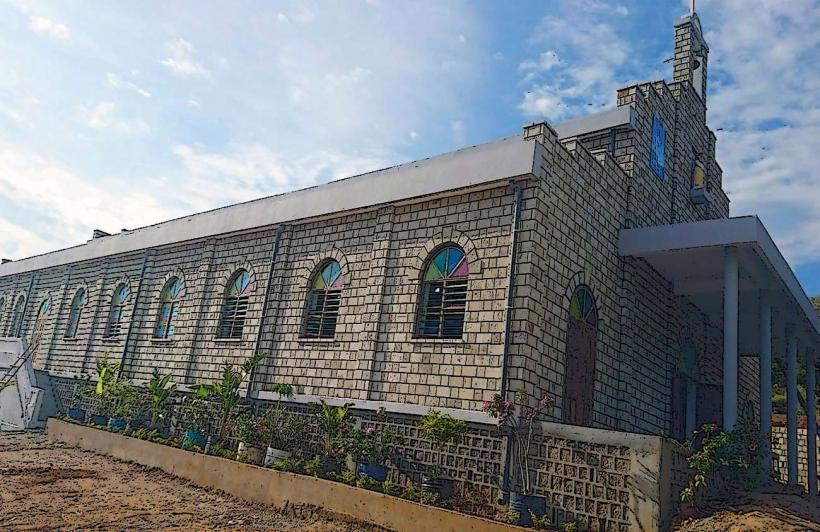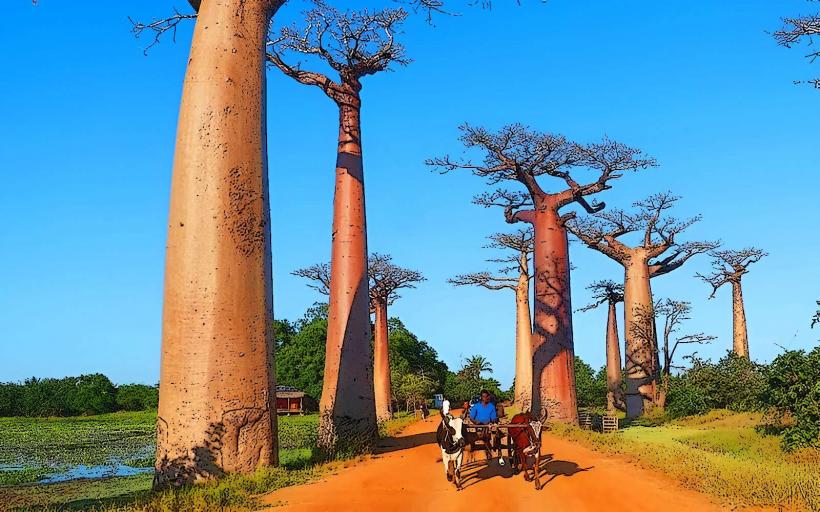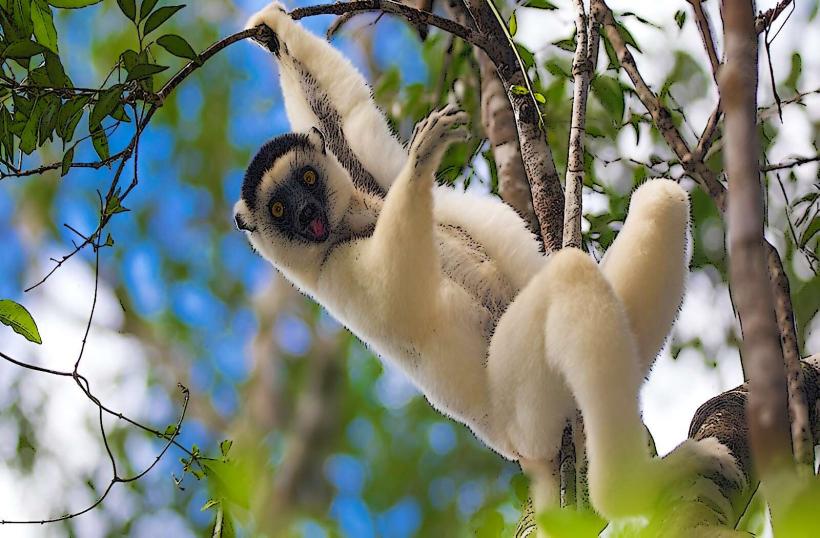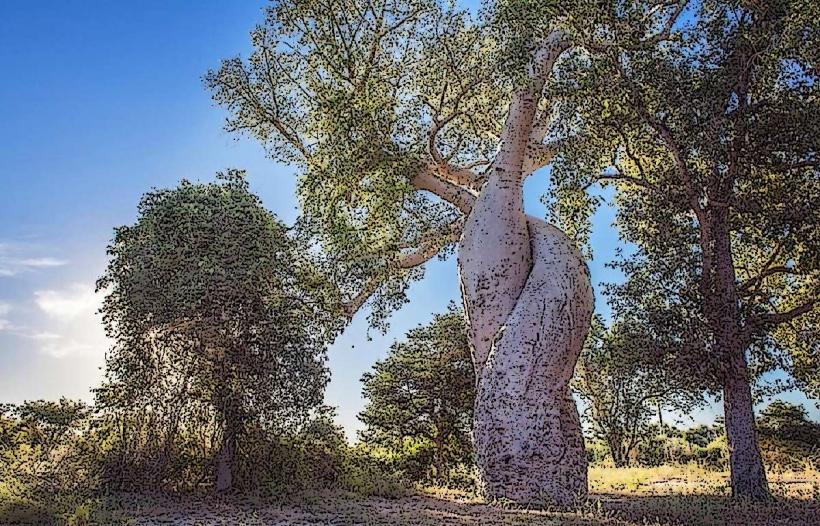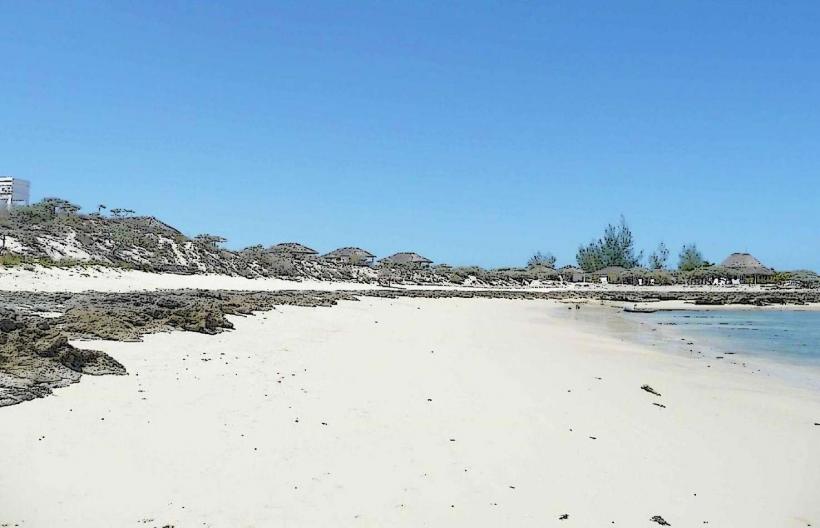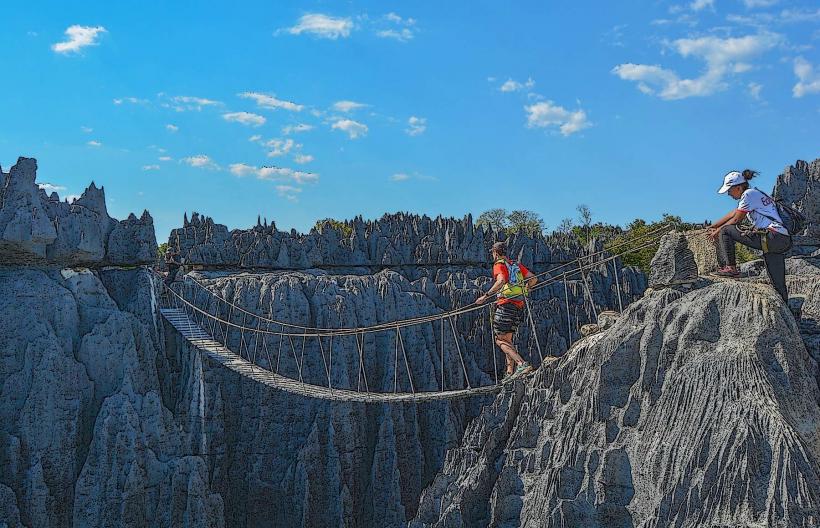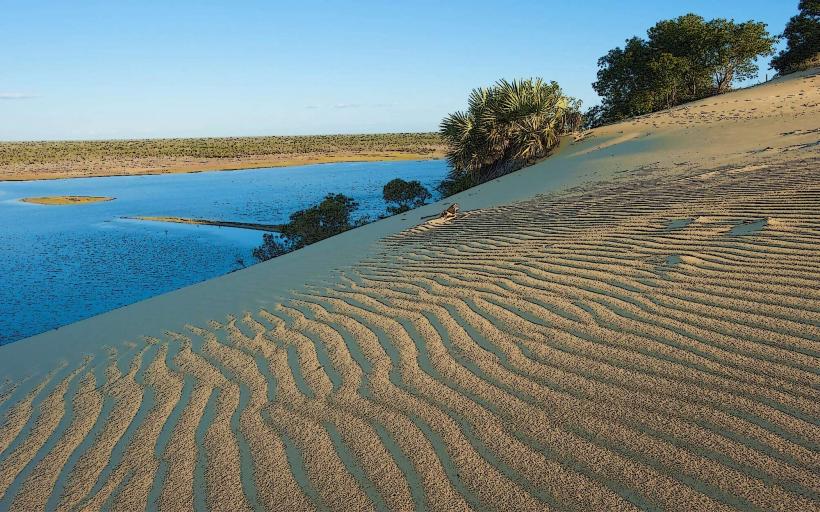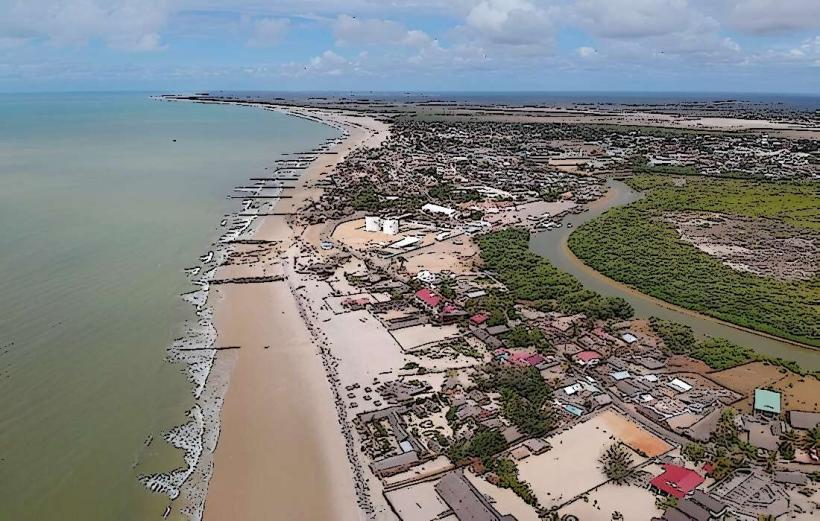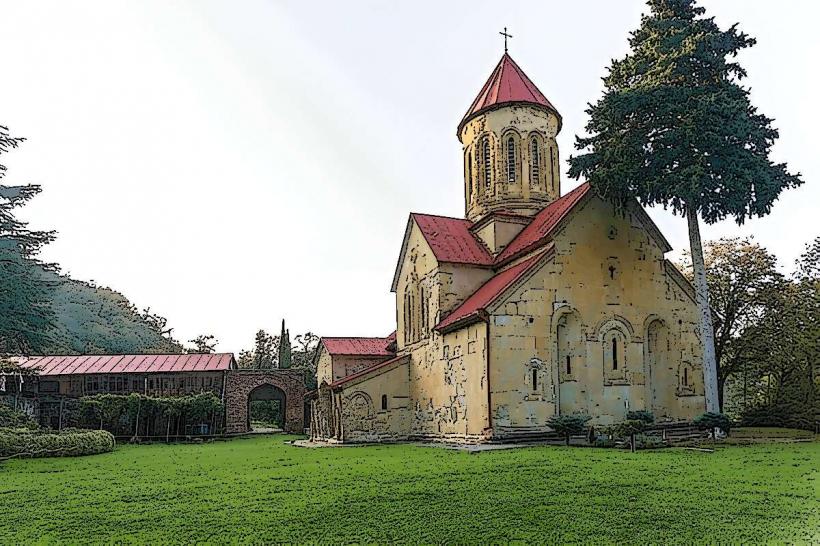Information
Landmark: Tsingy de BemarahaCity: Morondava
Country: Madagascar
Continent: Africa
Tsingy de Bemaraha is a renowned UNESCO World Heritage Site located in western Madagascar. It is famous for its dramatic, jagged limestone formations called Tsingy, as well as its rich biodiversity. The park, officially known as Tsingy de Bemaraha National Park, offers one of the most unique landscapes in the world, attracting both nature enthusiasts and adventurous travelers. Below is a detailed overview of Tsingy de Bemaraha.
1. Geography and Location
Location: Tsingy de Bemaraha is located in the Melaky Region of western Madagascar, near the Mozambique Channel. The park is about 200 km (124 miles) south of the town of Morondava, and is best accessed from Bekopaka, the closest village.
Size: The park covers an area of about 1,500 square kilometers (579 square miles) and is part of a larger protected area known as the Bemaraha Integral Nature Reserve.
2. Geological Features
The most striking feature of Tsingy de Bemaraha is its Tsingy formations, which are sharp, needle-like limestone pinnacles created by erosion. These formations are part of a karst landscape, which is a type of limestone terrain shaped by water and wind over millions of years.
Tsingy: The word "Tsingy" comes from the Malagasy term meaning “where one cannot walk barefoot,” which perfectly describes the sharp, jagged nature of these limestone formations.
Karst Landscape: The park features not only Tsingy formations but also gorges, caves, sinkholes, and underground rivers, which are all characteristic of karst topography.
Height: Some of the Tsingy formations can reach heights of 30 meters (98 feet), creating a breathtaking and almost otherworldly landscape.
3. Biodiversity
Tsingy de Bemaraha is known for its remarkable biodiversity, with a variety of endemic species adapted to the park's unique environment. The park is home to several species of plants, animals, and birds that are found nowhere else in the world.
Flora:
- Baobabs and succulent plants are common in the region, and the dry forests of the park support unique plant species that thrive in the harsh limestone environment.
Fauna:
Lemurs: The park is home to several species of lemurs, such as the Decken's sifaka (Propithecus deckenii) and the red-fronted lemur (Eulemur rufifrons), both of which are endangered.
Birds: More than 100 bird species inhabit the park, including the Madagascar fish eagle (Haliaeetus vociferoides) and the white-breasted mesite (Mesitornis variegatus), which are endemic to Madagascar.
Reptiles and Amphibians: The park also contains a variety of reptiles, including chameleons and geckos, and amphibians like frogs.
Invertebrates: The unique landscape of Tsingy de Bemaraha is home to many endemic invertebrates, including spiders, insects, and crustaceans.
4. Climate
Tsingy de Bemaraha experiences a tropical climate with distinct wet and dry seasons:
Rainy Season (November to April): During this time, the region experiences heavy rainfall, making some trails slippery and less accessible. However, the landscape is lush, and wildlife is more active.
Dry Season (May to October): The dry season is the best time to visit, as the trails are more accessible and the weather is more conducive to outdoor activities.
5. Activities and Attractions
Visitors to Tsingy de Bemaraha National Park can enjoy a range of activities that allow them to explore its stunning natural beauty and diverse ecosystems.
Tsingy Hiking:
Hiking is the primary activity in the park, with several well-marked trails that lead visitors through the sharp limestone formations, narrow canyons, and breathtaking viewpoints.
The Big Tsingy and Small Tsingy circuits offer different levels of difficulty, with the Big Tsingy trail being more challenging due to its rugged terrain.
Via Ferrata:
- For adventurous travelers, via ferrata climbing routes are available, where visitors can scale the Tsingy formations using fixed cables and ladders for safety.
Cave Exploration:
- The park has several caves and gorges that can be explored. Some caves contain underground rivers and unique formations, providing a fascinating glimpse into the subterranean world of the region.
Boat Tours:
- The Manambolo River, which flows along the park's southern edge, offers scenic boat tours. These trips allow visitors to experience the park from a different perspective, passing through dramatic gorges and observing wildlife along the riverbanks.
Wildlife Watching:
- The park is a birdwatcher's paradise, and wildlife enthusiasts can spot several species of lemurs, reptiles, and endemic birds, especially during early morning and late afternoon hours.
6. Access and Accommodation
Access: The park is most commonly accessed via the town of Morondava, which has an airport. From Morondava, visitors typically travel by 4x4 vehicle to reach Bekopaka, the main gateway to the park. The journey can take several hours, depending on road conditions, particularly during the rainy season.
Accommodation: Several eco-lodges and guesthouses are available near the park, primarily in Bekopaka. These accommodations are generally simple but comfortable, offering basic facilities for visitors. It is recommended to book accommodations in advance, especially during peak tourist seasons.
7. Conservation Efforts
Tsingy de Bemaraha is an important conservation area, and its status as a UNESCO World Heritage Site highlights the global importance of preserving its unique environment. The park faces threats from deforestation, illegal logging, and unsustainable agriculture in the surrounding areas.
- Local conservation efforts focus on protecting the park's biodiversity, promoting sustainable tourism, and supporting the local communities in eco-tourism ventures. There are also initiatives to combat illegal poaching of wildlife.
8. Best Time to Visit
The dry season, which lasts from May to October, is the ideal time to visit. The weather is milder, and the trails are more accessible for hiking and exploration.
November to April, the rainy season, may make access more difficult due to muddy roads and slippery conditions, but the park is more vibrant, with lush vegetation and active wildlife.
Conclusion
Tsingy de Bemaraha is one of Madagascar's most extraordinary natural wonders, featuring a landscape that is both visually striking and ecologically significant. The park's dramatic Tsingy formations, combined with its rich biodiversity and unique ecosystems, make it a must-visit destination for nature lovers, adventure seekers, and conservation enthusiasts. Whether hiking through the jagged peaks, exploring caves, or observing endemic wildlife, Tsingy de Bemaraha offers an unforgettable experience that showcases the incredible natural heritage of Madagascar.

